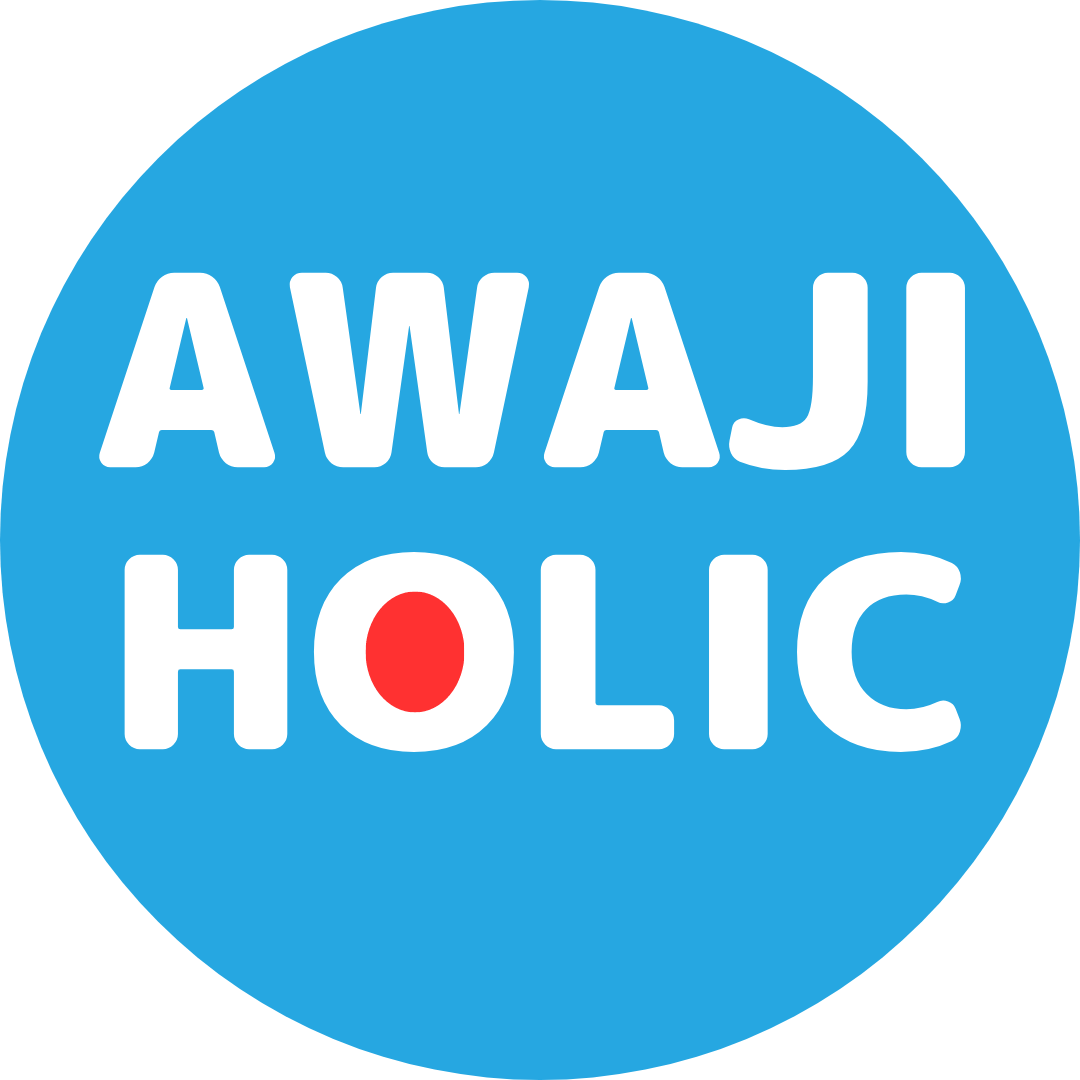Eshima is believed to be the traditional site of Onogoro Island, which is mentioned in Japanese creation mythology. Once connected to the mainland, the island has taken on its present isolated shape due to the effects of wind and waves over the years.
At the top of the island stands a stone pagoda in honor of Shooomaru, who gave his life when Taira no Kiyomori built Owadamari. Although public access is prohibited for safety reasons, the island is designated as a scenic beauty spot by the city and is lit up at night, giving it a fantastic beauty.
This mysterious island attracts many people as a tourist attraction on Awaji Island.
Eshima Tourist Attractions
The following are three points of interest on Eshima.
- A popular spot for the legend of the birth of the nation and the myth of the birth of the nation
- A rare islet with exposed sandstone layers that are about 20 million years old
- A scenic spot famous for moon viewing and written in waka poems
A popular spot for the legend of the birth of the nation and the myth of the birth of the nation

As the first island in the myth of the birth of the nation, Eshima has become a popular tourist attraction on Awaji Island, where the nation of Japan began.
Known as "Onogoro Island" or "Onokoro Island," Eshima is the setting of the myth of the birth of the nation that appears in the Kojiki and Nihonshoki. According to the myth of the birth of the nation, Izanagi no Mikoto and Izanami no Mikoto stood on the floating bridge of heaven and churned the sea with the "Amano-no-numa-porpo," and Onogoro Island was formed when the drops congealed, which is said to be the first land of Japan.
Later, in the Kojiki and Nihonshoki, other islands (Awaji Island, Shikoku, Oki Island, Kyushu, Iki, Tsushima, Sado Island, and Honshu) were created in sequence, but there are various theories about Onogoro Island, and there are several places where legends are told about it. However, the truth of the matter is still unknown.
Eshima is located on Awaji Island, and as the first island in the myth of the birth of the nation, it is believed to be the place where the nation of Japan began. For this reason, Eshima has become a popular tourist spot.
A rare islet with exposed sandstone layers that are about 20 million years old

Eshima is a small island with a height of 20 meters and a circumference of 400 meters. Geologically speaking, it is a rare example of exposed sandstone layers that are about 20 million years old, and the erosion patterns on the rock surface are characteristic of the island. This unique topography is one of the attractions of Eshima.
Eshima is a small island, 20 meters high and 400 meters in circumference, with unusual geological features. Sandstone layers that are approximately 20 million years old are exposed, and the erosion patterns on the rock surface are remarkable. This unique topography is one of the attractions of Eshima.
A scenic spot famous for moon viewing and written in waka poems

Since ancient times, Eshima has been known as a famous place for the moon, and many poets have composed moving poems about the beautiful scenery. According to "The Tale of the Heike," it is said that the people of Fukuhara-kyo crossed the sea to hold a poetry party while admiring the moon over Eshima.
Saigyo Hoshi, a poet of the Kamakura period (1185-1333), also wrote, "It is pleasant to watch the moon on the waves as it sits on the shore of Eshima without plovers.
Eshima Basic Information
| Name | Eshima |
| Address | 884-4 Iwaya, Awaji City, Hyogo Prefecture |
| Phone | 0799-72-3420 |
| Official WEB | - |
| Opening hours | - |
| Closed | - |
| Admission | Free |
| Parking | 59 Cars |
| Parking fee | (1) Except during the summer season from July 1 to August 31, the fee is 500 yen for a period exceeding 2 hours but not exceeding 24 hours. (2) During the summer season from July 1 to August 31, the fee is 500 yen for more than 2 hours but not more than 4 hours, followed by an additional 100 yen for each hour thereafter, with a maximum of 1,000 yen within 24 hours. |
| Access | By car: Approx. 3 minutes from Awaji IC Public Transportation: Near Iwaya Port |

